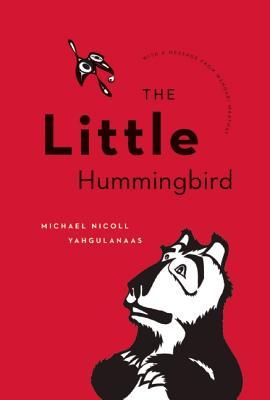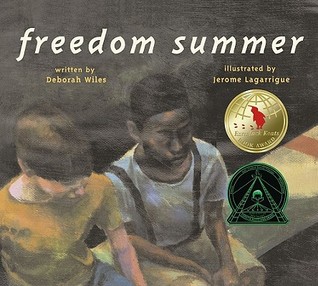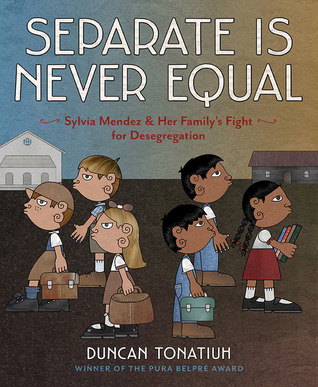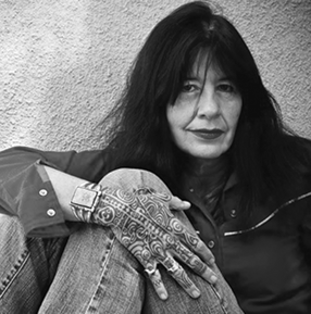One of the most powerful things I learned as a writing teacher, was by Lucy Calkins who said,
"Teach the writer and not the writing. Our decisions must be guided by what might help this writer rather than what might help this writing."
I have come back to this quote often in the last few weeks as I am working with 2nd graders on creating e-Comics. In Writing Workshop, before the digital tools entered, I had very little trouble remembering Lucy Calkins' important words. I was good at focusing on the learning, rather than the product. I felt confident about teaching things that my students would use in future writing--I was impacting the writer, not the writing. I learned early-on as a Writing Workshop teacher, that it was easy to "clean up" a student's writing to make the product "look good". I could do the revising and editing, make decisions for the child, etc. and have something nice to publish. But I quickly realized that with that approach, students writing never improved. Students never grew as writers. I was lucky to learn from amazing writing workshop teachers and saw huge growth in writers once I stopped focusing on individual pieces of writing and started focusing on individual writers.
Enter digital writing... I feel like I took a little step back in time and in my ability to manage an authentic writing workshop. It seems that more often with digital tools, I am a bit more structured and directive. I have to continue to remind myself about my beliefs about writing and learning. I have to go back to books by my writing mentors--Katie Ray, Ralph Fletcher, Lucy Calkins, Don Graves, Shelley Harwayne--to make sure I am staying true to what I know about quality writing instruction. Some days, I look around and notice everyone in the same place in the writing process, everyone using the same tools to create or everyone creating similar pieces and I panic. My workshop before digital tools was much more student-centered. Students had choice in tools to use, formats to publish and how fast to move in the process. There seemed to be fewer directives and more invitations. My vision of what a writing workshop should look like is harder to make happen with so many new tools and possibilities coming so quickly. I am working to make sure I stay true to what I believe about writing and that I give my students the right messages about what it means to be a writer. I am moving toward making sure my writing workshop matches the vision I have for it.
So, back to the Comic ebooks. This is a collaborative project I've been working on with our art teacher, our technology specialist, and our 2nd grade teachers. We started this project to meet several goals/standards that included learning around narrative writing, text and illustrations working together, using draw tools, finding and saving documents, creating ebooks, dialogue and talking bubbles, and more.
We used Pixie and Comic Life to create the ebooks. Comic Life has been a popular piece of software but we noticed students not really knowing what to do with it. The photos available didn't always make for the best stories. And they had no idea how to use a draw tool to create comics. In reading, I noticed that our younger students focused more on individual frames in their reading of graphic novels, than in the story as a whole. Understanding that graphica was just one more way to tell a story was key goal for us. It was a long unit of study as the students only worked on the projects during art and library class. As with our 3rd grade book trailer unit, we immersed ourselves in comics and made decisions about how our writing would go.
Challenges:
About mid-way through our study, students were noticing the various sizes and shapes of the frames in comics. We talked about how many shapes and sizes they could find and talked about why each was different. EVERY SINGLE child believed that the authors of comic books merely filled out the template they were given. They knew Comic Life well and just assumed that comic book writers were given a template and filled it in. They had no idea that the comic book creator was the one who decided on the size and shape of the frames and how critical that decision is to the piece as a whole. I was a little bit alarmed. As much as I love the tools that make digital writing more accessible, I also saw the limitations. The messages my students were getting from this piece of software, were that the software was in charge of their decisions as writers. I had to rework the unit so that students understood the decisions authors made when it came to frames, and more.
Another challenge that we faced was that, as teachers, we realized that we got caught up in technology troubleshooting. This was a huge project and there was always some issue that required a computer restart, help with a password, an undo, etc. Our kids are great at problem solving and collaborating but there were many times when kids needed our assistance. This seemed okay at the time--kids were learning important technology skills as we worked with them. But what we realized was that we had very little time to conference with the kids about their actual writing or their process. Our work with them focused on the technology We had worked hard on the writing before they got to the computers, but many kids missed out on the in-the-midst conferences that they needed because we were caught up in troubleshooting.
We worried about publishing. Our plan was to publish the ebooks on a internal class site. Putting work on the Internet is a little more stressful. Published pieces have always forced teachers to make decisions about what is acceptable to "publish". But it seems to be even more difficult when we are not merely hanging writing in the hallway or hosting an author event with student writing.
Reflection
We stepped back and thought back to all that we had wanted kids to learn and realized they learned SOOO many things that would take them forward as digital writers. No matter how their "product" turns out, every student learned to tell a narrative story using a draw program and in graphic novel form. In terms of technology, they learned to save and name documents, to use draw tools, to create text boxes, to use and manipulate templates, to export pieces, to change fonts, and more. In terms of writing, they learned to make decisions, to think about their audience, to connect words and visuals. They learned the difference between dialogue and narration. They learned how to revise when things weren't going as they had planned. They learned how to reread and rethink when something didn't make sense to their reader.
None of this is evident if you look only at the finished products but this learning--the learning that they will carry with them as writers--is far more important than what the product looks like. I have been visiting and revisiting the Video Game Design website that Kevin Hodgson created to make visible all of the learning that went on in his game design unit. This website is hugely powerful and important work. If we are to have successful writing workshops, it is critical for us to make the learning visible and capture what it is the students learn as writers--things they will carry with them no matter what it is they compose. I also think it is important for us as teachers as a reflection tool. We need to take the time and sit back and reflect on the learning that happens in a project like this--otherwise, we run the risk of focusing on the project and teaching the writing, not the writer.
Celebration
Some days, these comic ebooks take over the library. It seems there is always a computer open that's screen shows a product in the midst of a comic creation. A student who left a computer on, a child who popped in to work on something, etc. And guess what? Our biggest, most important goal--the one we forgot about throughout the project--has been achieved. Early on, we knew we needed good student-created mentors for our students. Pieces that students at our school created that would open up what was possible with the tools we had. As these open computers sit around the library or as I am finishing up moving a pdf to my flash drive as a new class comes in, someone notices the comic on the screen and someone says (almost every day)--"What is that? I want to do that." I can only imagine what will happen in the next few weeks as these comics are put online for the school community. So, we've met individual standards-based goals. But we've also met a schoolwide goal of creating a library of projects that our students can learn from. In-house mentor texts that can open up what is possible for all students. Every writer will grow a bit by seeing a few more things that are possible.
Teaching the writer, not the writing is key when it comes to any type of writing, especially digital writing. Some days I feel like I am back to my beginning years teaching in a writing workshop-reminding myself of what is important. I have to ask myself every single day-what I am doing to help this child become a better writer? What will he/she take with him no matter what he/she is composing in the future? What should I focus on now that will impact all future writing?
And I also have to ask myself, what am I doing to help this community of writers? How am I building our own library of mentor texts-pieces to learn from and to open possibilities for what is possible in our writing community?































